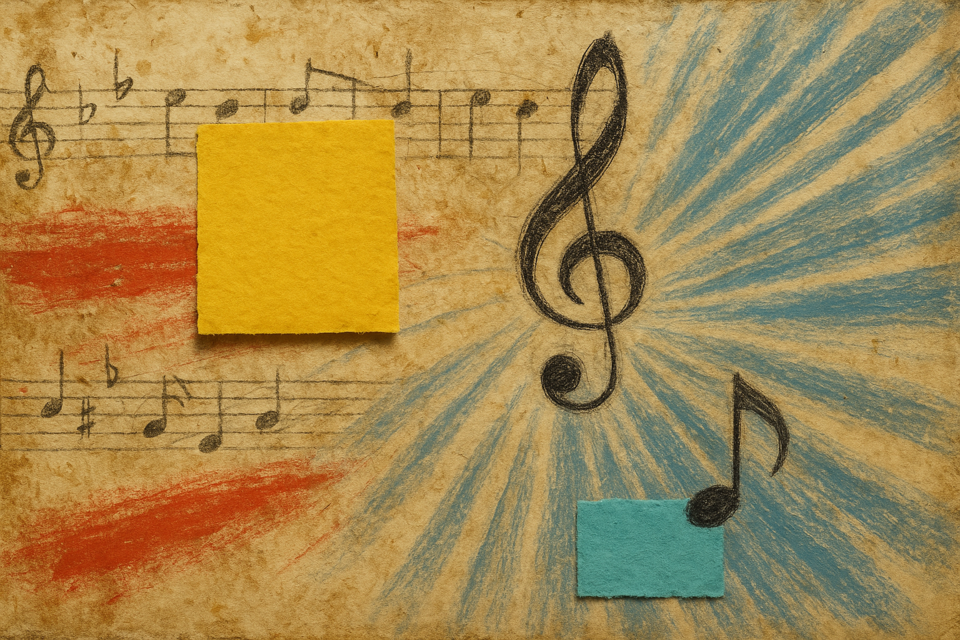Introduction to Music Appreciation
Discover the Soul of Sound: Elevate Your Musical Journey

16 Hours average completion time
1.6 CEUs
16 Lessons
20 Exams & Assignments
314 Discussions
16 Videos
11 Reference Files
Mobile Friendly
Last Updated December 2025
Music is an exquisite tapestry, interwoven with the threads of human emotion, history, and culture. Delve into the rich tapestry of musical evolution with our course, "Music Appreciation." Discover how music has mirrored our triumphs, lamented our tragedies, and shaped the very essence of human existence.
Embarking on this musical odyssey, we begin with the fundamental building blocks of music. By grasping these foundational elements, you'll cultivate a refined vocabulary that illuminates the nuances of musical compositions, helps discern the distinctive attributes of various genres, and offers insights into the choices that composers and performers make.
For instance, Jazz, a vibrant genre birthed within the African-American milieu in the U.S., is a captivating fusion of African syncopated rhythms, the haunting call-and-response patterns echoed in spirituals, and the delicate influences of European harmonies. This rich legacy continuously evolves, pushing the boundaries of Jazz to new, exhilarating heights.
We'll traverse the shifting sands of Classical music, observing its metamorphosis since the illustrious eras of Beethoven and Brahms. The twentieth century bore witness to a tapestry of innovative styles and audacious composers from both sides of the Atlantic. Visionaries like Claude Debussy and Maurice Ravel set a provocative tone for the century, while Arnold Schoenberg's avant-garde techniques heralded a seismic shift in the musical landscape.
Our exploration doesn't halt at the Western world. We'll voyage into the vibrant heartbeats of Sub-Saharan Africa, the melodic tales of India, and the rhythmic whispers of Japan. The enchanting legacies of these regions have left indelible imprints on European and American compositions, offering a diverse and illuminating musical journey.
During this course, your auditory senses will be treated to a diverse array of music, from the ethereal Gregorian Chants of yore to contemporary chartbusters. Unearth answers to intriguing questions like:
- Which maestro orchestrated the suspenseful notes that accompany a film's most tense moments?
- Who envisioned the rousing call-and-response rhythms that march soldiers forward?
- How did maritime melodies synchronize sailors' efforts on towering ships?
- Which tracks became unlikely symbols of liberty for escaping slaves?
- How did an ancient musical form resurge to modern-day fame in the 1980s?
- What role did music play in kindling the flames of the Civil Rights movement?
Enroll now to traverse time with melodies and rhythms, celebrating the luminaries whose musical masterpieces have been the ever-evolving soundtrack to humanity's journey.
- Evaluating influential composers and performers
- Appreciating cultural musical influences
- Exploring global musical traditions
- Understanding diverse musical genres and styles
- Analyzing musical compositions and structures
- Interpreting music's societal impact
- Enhanced critical listening skills
- Connecting music with historical events
- Recognizing historical music developments
-

Philosophy 101
-

Angel Healing
-

World War l and ll
-

American Wars: American Revolution and Civil War
-

American History Review
-

Twenty Women Who Changed American History
-

Angels 101: History, Religion, Spiritualism and You
-

World Religions
-

Bible Stories: Explore Life Lessons and Adventures
-

Buddhism 101: The Principles of Awakened Living
-

American Heroes and Villains
